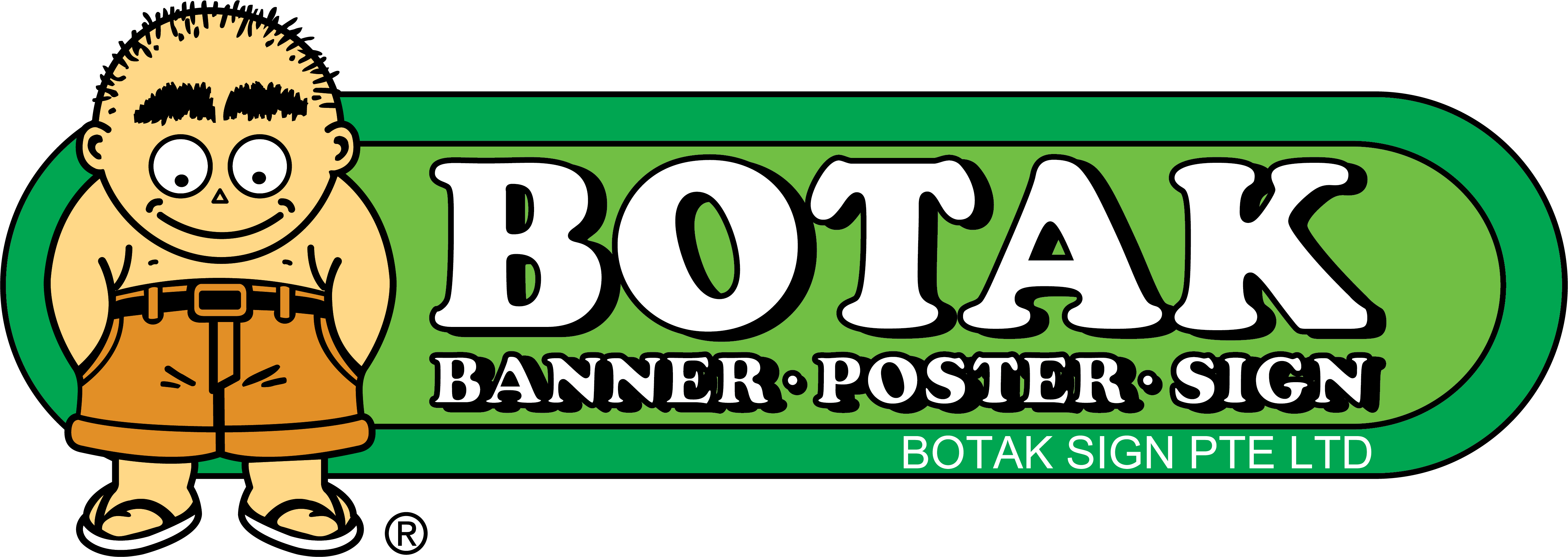Why Do We Do Lamination In Large Format Printing?
You may wonder “Why does large format printing involve so much lamination on their prints?” and it may seem like it is compulsory to put an additional layer in our printing, but that’s not true! Let’s revisit the origins of why we use lamination on our printing in the first place.
Back in the day, lamination on any large format print was compulsory as the printing method was very different from what we have now. We used to print on materials using water pigment ink or water-based dyed ink, which means that a layer coating on the material is always needed before you are able to print on it. In this application, lamination is required for the print so that the print becomes scratch-proof and waterproof as compared to its non-laminated counterpart.
As technology advanced, we changed our inks to solvent inks and eco-solvent inks as there were a lot cheaper compared to water-based dye ink, and the additional layer of coating was not required. However, this came with its own flaws. Solvent inks produce a pungent smell and can only be used on certain materials such as PVC (plastic) instead of paper or fabric. Solvent ink is also toxic and during printing, it goes through a heating process that causes a chemical reaction with the printed material (in this case, PVC) such that it melts and acts as an agent to stay on the surface of the vinyl sticker. It is also not scratch-proof and will require another layer of lamination to protect the ink from being scratched.
Lamination may also be used by other print providers as a way to cover up inkjet banding lines due to the poor condition of the print head in the printer.
In present times, with HP’s Latex Ink Technology, most printing no longer requires lamination. This information, however, is not communicated to the industry and is not widely known by customers. Due to previous technologies that we have mentioned, there is still a built-up habit of using lamination as a form of “protection” despite not having the need for it anymore.
With the current technology, lamination has, in some cases, been made redundant and became a waste of time and money. It should only be used if the printing surface is for long-term use requires constant cleaning such as signage, window graphics where windows are regularly washed, and vehicle vinyl stickers just to name a few, In fact, sometimes lamination can cause more harm than good by creating a slight blur effect or slightly muting the colors, almost like viewing a poster behind glass.
In most cases, such as events decoration, exhibition, short-term printing, hoarding, etc, lamination is not required, and there is even a 3-year warranty for colour thanks to HP’s Latex Ink Technology. Not only does it save time and money, but it allows the graphics to look crystal clear and vibrant. Without lamination, application and installation of stickers becomes easier as well. Overlaid joints also become less visible as the sticker is now reduced to 100 microns thickness instead of 200 microns thickness with the additional layer of lamination.
In the future, do consider these points before deciding whether you really need the lamination on your print!



